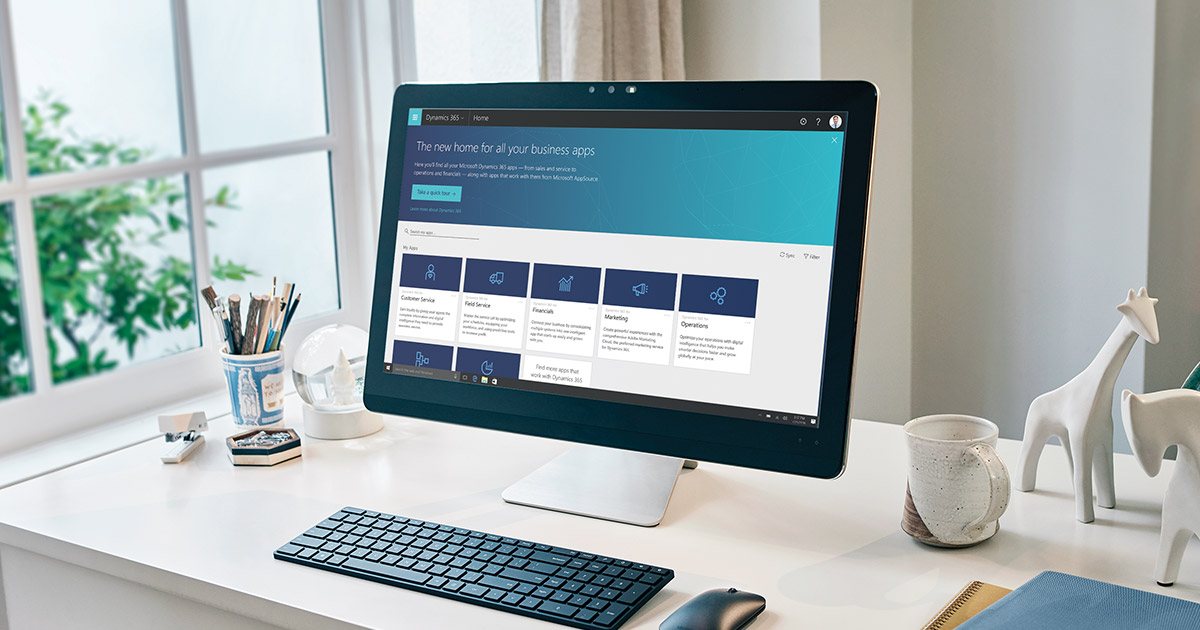To achieve rapid deployment of a solution, within an organization, we consider the following strategies:
Clearly Define Requirements: Begin by clearly defining the project requirements and objectives. Work closely with stakeholders to understand their needs and expectations. A well-defined scope helps prevent scope creep and ensures a focused and efficient deployment process.
• Streamline Processes: Identify and streamline existing processes to eliminate unnecessary steps and inefficiencies. Look for opportunities to automate or simplify tasks, which can significantly reduce deployment time and effort.
• Agile Project Management: Adopt an agile project management approach, such as Scrum or Kanban. Break down the deployment into smaller, manageable tasks called sprints or iterations. Regularly review progress, adapt to changes, and prioritize tasks based on business value and dependencies.
• Cross-Functional Collaboration: Foster strong collaboration between teams involved in the deployment process. Encourage open communication, knowledge sharing, and frequent collaboration to address challenges and ensure everyone is aligned towards the common goal.
• Pre-Configured Solutions: Whenever possible, leverage pre-configured or pre-built solutions to accelerate deployment. These solutions provide a foundation or starting point that can be customized to meet specific requirements, saving time and effort compared to building everything from scratch.
• Modular Approach: Break down the solution into modular components that can be developed, tested, and deployed independently. This allows for parallel development and deployment, speeding up the overall process.
• Automation and Tooling: Leverage automation tools and technologies to streamline deployment tasks. Automation reduces manual effort, minimizes errors, and enables rapid and consistent deployments.
• Training and Knowledge Transfer: Conduct targeted training sessions to upskill team members involved in the deployment process. Ensure that the team is equipped with the necessary skills and knowledge to effectively implement and support the solution.
• Risk Management and Contingency Planning: Identify potential risks and develop a contingency plan to mitigate them. Proactively monitor and address risks throughout the deployment process to minimize their impact on timelines and outcomes.
• Continuous Improvement: Adopt a mindset of continuous improvement and learning. Encourage feedback from stakeholders and the deployment team to identify areas for improvement and implement changes in subsequent deployments. This iterative approach helps refine the deployment process and achieve faster and more efficient deployments over time.
Streamlined interface with intuitive processes & expert training gives users a smooth on-boarding experience.
To ensure a fast adoption of software within an organization, we consider the following strategies:
• User-Centric Design: Choose software that has a user-friendly interface and intuitive workflows. A software application that is easy to navigate and understand will encourage faster adoption and reduce the learning curve for users.
• Clear Communication: Clearly communicate the reasons behind the software adoption, its benefits, and how it aligns with the organization's goals. Regularly update employees about the progress of the implementation and address any concerns or questions they may have.
• Training and Documentation: Provide comprehensive training to users on how to effectively use the software. Offer various training formats such as in-person sessions, and user manuals. Clear and concise documentation is also crucial for users to refer to when they need guidance.
• Continuous Support: Establish a support system to address user questions and issues promptly. Regularly monitor feedback and provide updates and improvements based on user input.
• Integration with Existing Systems: Ensure the new software integrates smoothly with existing systems and processes. Compatibility and seamless data transfer between systems will facilitate faster adoption as users can continue working with minimal disruption.
• Measure and Track Adoption: Define key performance indicators (KPIs) to measure the progress and success of software adoption. Regularly track metrics such as user engagement, software utilization, and user satisfaction to identify any areas that require additional attention or improvement.
• Continuous Improvement: Encourage feedback from users and incorporate their suggestions for improvement. Regularly assess the software's performance, identify areas of enhancement, and release updates to address user needs and concerns.



